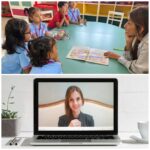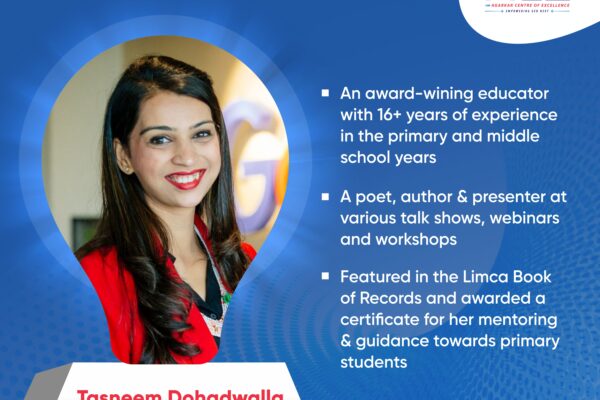Even pre pandemic, I always believed that with the ‘skilling’ and professional development initiative that schools focused on for their teachers to keep them abreast of developments in the world and to be more inspiring in those classrooms, there needed to be a real directive towards ‘upgrades’. Research & Development continues to be an area that school managements and school leaders tend to ‘drag’ their feet over. Quite frankly, and I will admit, the day to day administrative and academic trouble- shooting has dominated decision making, and ensuring that the ‘ship is afloat’ often led to this area of development – research low on the the priority list.
‘Upgrades’ in schools are really best practices, experiments with empirical evidence amassed and creation of new hypothesis to work with, furthering existing theories or implementation strategies for teachers, parents and students and essentially creating a repository of ideas, tools and resources to keep the ‘engine of innovation’ chugging along to create ‘impactful’ decisions that benefit a child and make a teacher’s effort seamless and sustainable. Had we invested wisely in this area (and I know a handful of schools do focus on this) or even consciously, we would have harnessed the true power of technology and virtual learning and in the last 8 months, we would have scaled up instead of ‘coping’ and made it more seamless. We would have been a bit more prepared for change and we would not have had the kind of rocky start that we all embraced.
Nonetheless, the pandemic has taught many lessons and shaken us out of our comfort zone, forcing us to think beyond. How many, however have considered creating an R & D cell for each developmental program in their school?
Out National Education Policy finally has defined the structure for all national and international schools in this country that is globally prevalent. India will now create learning stories for children age appropriately (in layman words, the school structure):
– Foundational Years: Nursery to Grade 2
– Preparatory Years: Grades 3 to 5
– Middle School: Grades 6 to 8
– High School: Grades 9 to 12
The reason for this structure is that each phase has the unique learning patterns, developmental growth and socio emotional needs, and therefore it is necessary to ‘invest’ in creation of unique ‘cells’ whose role is primarily to focus on collating and curating best practices, initiate research and experiments on new ideas while continuing with the vision of the school. Our educational landscape is not a static model, and the need to constantly innovate is the need to keep up with changing variables and disruptions that alter the way things are. Corona Virus is that one disruption that warns us that despite the world facing what it did 100 years ago, and despite all the technological advances, the whole world continues to be in different stages of lockdown, unlockdown and we are expected to hit the worst in the next few months, writing off 2020 just as they did 100 years. That means we cannot take anything for granted. And we need to be vigilant, alert and proactive not reactive as we have been.
If volatility is a constant, as educators, we need to utilise this time to build on research and through this alter some myths and traditional practices and create more ‘modern’ and ‘futuristic’ strategies of teaching and learning and edtech for me is only a part of the execution and access to carefully documented intel to create something new.
While there is a tendency to look to Universities to further new theories or propose alterations to philosophies proposed decades or lifetimes ago, I hope progressive schools can start the process by empowering their leadership to organically structure some ideas and hopefully inspire some educators to undertake a full fledged research program when there is a need.
Do not get me wrong, I am in favour of any kind of research that will help us help children, I am only hoping that those responsible for execution now get empowered to create best practices given their vast experience with execution and who better than them to understand the pros and cons of which ideas will work, which will not.
This dedicated section in a school, can comprise of those teachers who value research, question or challenge, are thinking beyond board syllabus nd perhaps empowering them as ‘leaders’ (coordinators or supervisors) would simply do injustice to their talents for they enjoy enjoy creation and not leadership and supervision. To motivate professionally challenge them, would mean they need empowerment in different ways.
This R & D for each phase would dedicate time and effort, and resources and bring in new ideas and develop unique plans understanding the growth and learning of their children as they progress with every milestone.
Over the years, school rankings could also focus on the quality of research that each school is able to contribute to the industry, and mirroring what the University counterparts are known for, this inclusion will not only throw up new educationalists and their theories but also organically empower team members, improve the overall quality of execution and importantly help the future generations learn effectively.
With the uncertainty of our times, let’s re-think some of the things that we have not led, and let this pandemic herald a dawn of creation with lessons for another 100 years.
I have always wondered … how we go back in time and follow theorists. Time this generation of experienced hands, create a new line of thinking. And we all know, it is necessary for the sake of our future.












